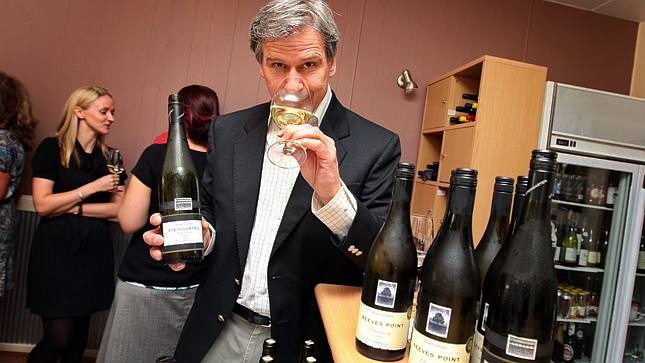Because it makes no sense to do anything else
A friend in the wine business said quoting street prices rather than RRP was unfair to the smaller merchants who couldn’t compete with the bigger ones. I disagreed and pointed out that:
· The smart independents are no longer selling the same wines as the big guys (they focus on boutique wines and interesting imports)
· Some have gone on line to grow their sales and reduce their overheads (and become more competitive)
· Our lists of recommended wines show a strong representation of smaller merchants (online)
RRP in the wine business is a meaningless number. For example, Pewsey Vale Riesling’s RRP is somewhere between $24 and $28, yet you can buy it for less than $15. Wynns Coonawarra Estate Cabernet Sauvignon has an RRP of $45, but you can buy it for $25 to $30, and so on.
Gross Distortion
RRP is a useless and misleading guide when wine writers put together ‘best’ lists based on RRP. This week it was Jeni Port in Good Food: her best under $20 red is Brokenwood Cricket Pitch Red 2011, which you can buy at Dan M’s or 1stChoice for less than $13. Even James Halliday, who has a soft spot for Brokenwood and rates all wines on the generous side, gives this one 89 points and says: ‘Its fresh, predominantly red fruits and minimal tannins make it a drink-now proposition. 89 points.
In other words, it’s an easy-on-the-gums, inoffensive BBQ red. I can think of many reds on our under $15 list that are much more than this: Brookland Valley’s Verse 1 Cabernet Merlot 2011 for example ($11.40). In fact, Jeni offers a much better wine on her list: Seppelt Chalambar Shiraz 2010, which she names as her top Shiraz of 2013. The RRP is $27, and you can buy for $18 lots of places.
Winery or Refinery?
Jeni’s Best $20 and under white is ‘a $10 wine that beat wines triple the price, to take out the best riesling trophy at this year’s Melbourne Wine Show … a style plush with lemon juicy fruit but importantly embracing acidity to keep a tight line in youth, along with potential for some serious ageing. Take a bow, Jacob’s Creek 2012 Riesling made by Don Young.’
This wine has won 2 trophies and 4 golds, and sells for $8.50 at Kemenys. When we tasted it, we found an artful concoction, one of the finest expressions of industrial autoplonk we’ve seen. Fine enough to fool the judges, clearly, and the wine writers.
Once more, it proves that our way of assessing wines is more reliable: when you first open this wine, it presents much like Jeni says. When you come back to it a day later, you begin to see the cheap component parts and realise that ‘the lemon juicy fruit and embracing acidity’ is nothing more than unripe fruit disguised by judicious rentention of sugar.
As Peter Falk in the Columbo detective series used to say: there’s just one thing that bothers me here. Jacobs Creek is a slick corporation run by smart people: why on earth would they sell their best Riesling under their cheapest label?
Jacobs Creek Winemaker Bernard Hickin – photo: Sylvia Liber. Source: AFR
The Take Home Message in a Bottle
I’ve said this before: wine writers operate in a highly artificial space. Car magazine testers don’t get to take home the Ferrari when they’ve finished belting it around a test track. Reviewers of cameras don’t get to keep the cameras they write about, but wine writers get to keep the wines people send them. As a result, they never have to go out and buy wine. Price is just a number of no significance.
That’s why we buy a lot of our samples: it helps us maintain a sense of reality, a sense of what it’s like parting with $25 for a wine that doesn’t deliver the goods. Or spending $13 on a wine that takes you by surprise.
Tyson Stelzer is one exception: he usually lists the street price and a few places that sell the wine at that price. It would be really helpful if his mates followed his example. Using RRP as a guide makes no sense for consumers, and 95 out of 100 people who buy wines are consumers not wine buffs.
Kim
